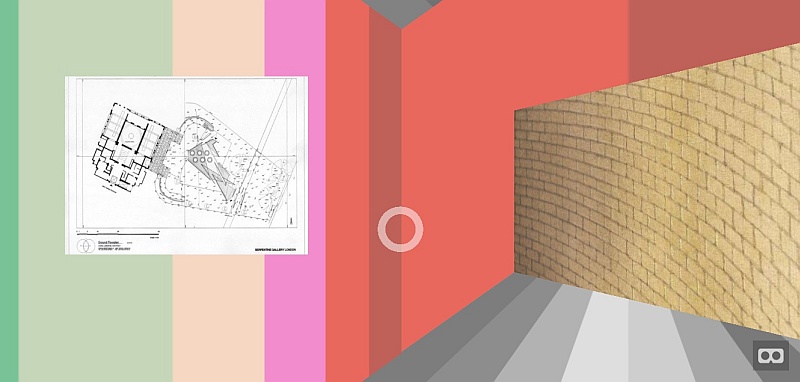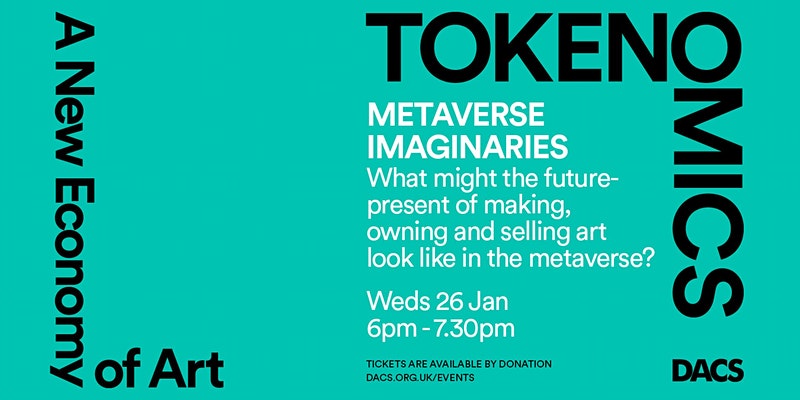Putting the Tate / Tate Modern online - a conceptual proposal. ...or any other art show room like the Lissongallery or the Serpentinegalleries or the Whitechappel...
2016-08-10 17:42:11
Usually you have to go to a museum to visit an art show.
To review past exhibitions there is no given other option than looking at documents like cataloges, photos and if your lucky an movie. But let us be honest and fair, that sucks. It reproduces the experience of the artworks poorly, the context of the show rarely and it's only a "it's somehow okay" reminder if you've been there.
You still miss a lot:
the influence of the space
the curators work
the audience
coffee breaks and talks
Yet virtual reality can not be nature, but it can documented the past more accurately than any other medium. Almost as if you've been visiting the exhibition. Also it can add valuable information like an audio guide, a video of the art object or a wiki etc.
It can show you one exhibition in the context of the ante- and successor exhibitions. It can deliver to you media about the historical context and the current discussion. Connections that are rarely present in an are show.
For museums and galleries it is a new art and form to be explored by their most valuable members and customers.
For anybody but especially artist it is a handy candy way to build and try your very own art show or virtual collection in a (real) natural world environment.
If one has experienced a main part in nature the virtual reality is more sympathetic, emphatic, realizable.
Benefits for the institutions:
long tail, historical exhibitions
possible unshown alternative concepts
new virtual presentation of an virtual only collection
present the archive of artworks in the context of the galleries
Currently i am testing web vr with the a-frame framework.
To review past exhibitions there is no given other option than looking at documents like cataloges, photos and if your lucky an movie. But let us be honest and fair, that sucks. It reproduces the experience of the artworks poorly, the context of the show rarely and it's only a "it's somehow okay" reminder if you've been there.
You still miss a lot:
the influence of the space
the curators work
the audience
coffee breaks and talks
Yet virtual reality can not be nature, but it can documented the past more accurately than any other medium. Almost as if you've been visiting the exhibition. Also it can add valuable information like an audio guide, a video of the art object or a wiki etc.
It can show you one exhibition in the context of the ante- and successor exhibitions. It can deliver to you media about the historical context and the current discussion. Connections that are rarely present in an are show.
For museums and galleries it is a new art and form to be explored by their most valuable members and customers.
For anybody but especially artist it is a handy candy way to build and try your very own art show or virtual collection in a (real) natural world environment.
If one has experienced a main part in nature the virtual reality is more sympathetic, emphatic, realizable.
Benefits for the institutions:
long tail, historical exhibitions
possible unshown alternative concepts
new virtual presentation of an virtual only collection
present the archive of artworks in the context of the galleries
Currently i am testing web vr with the a-frame framework.



